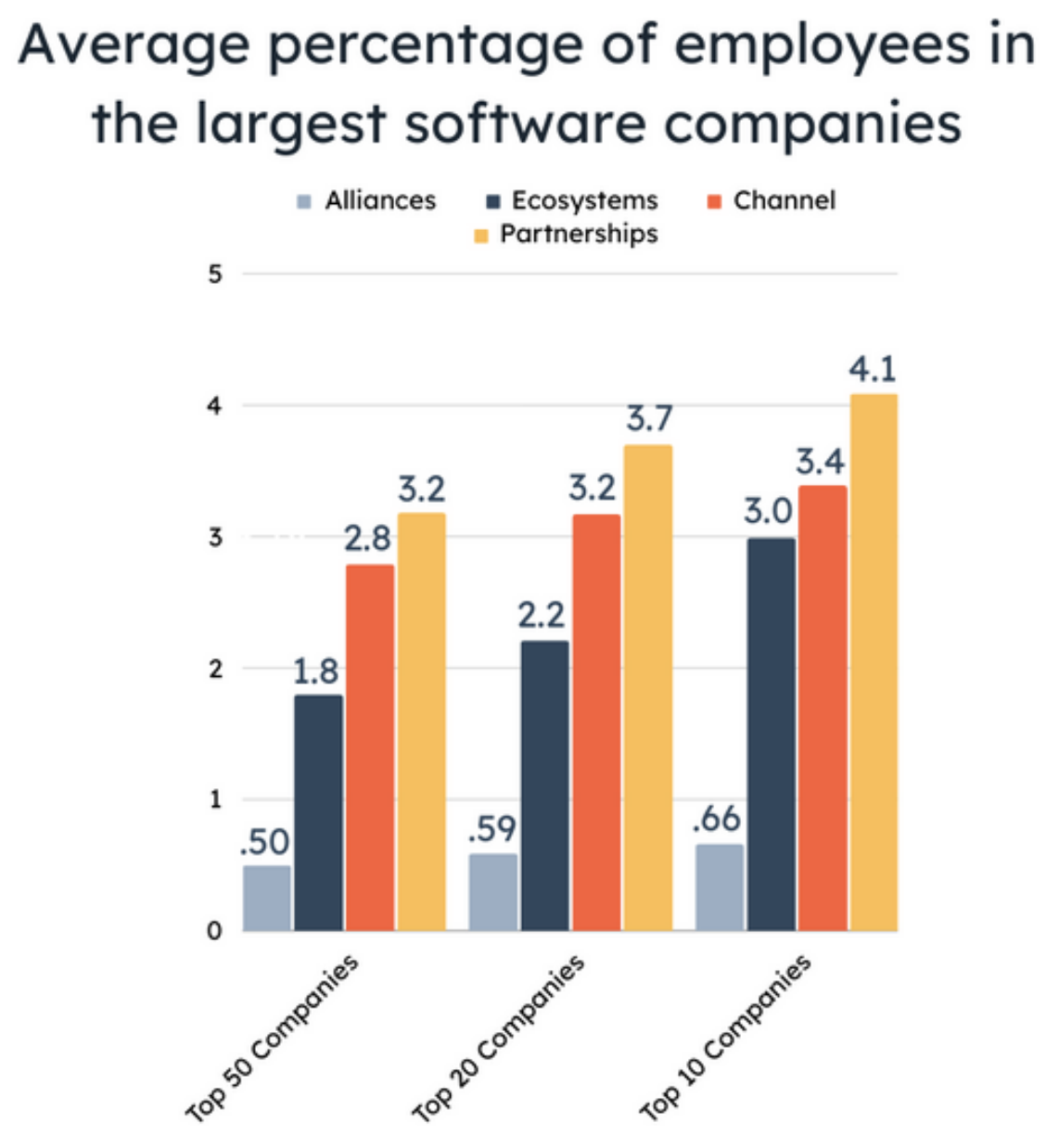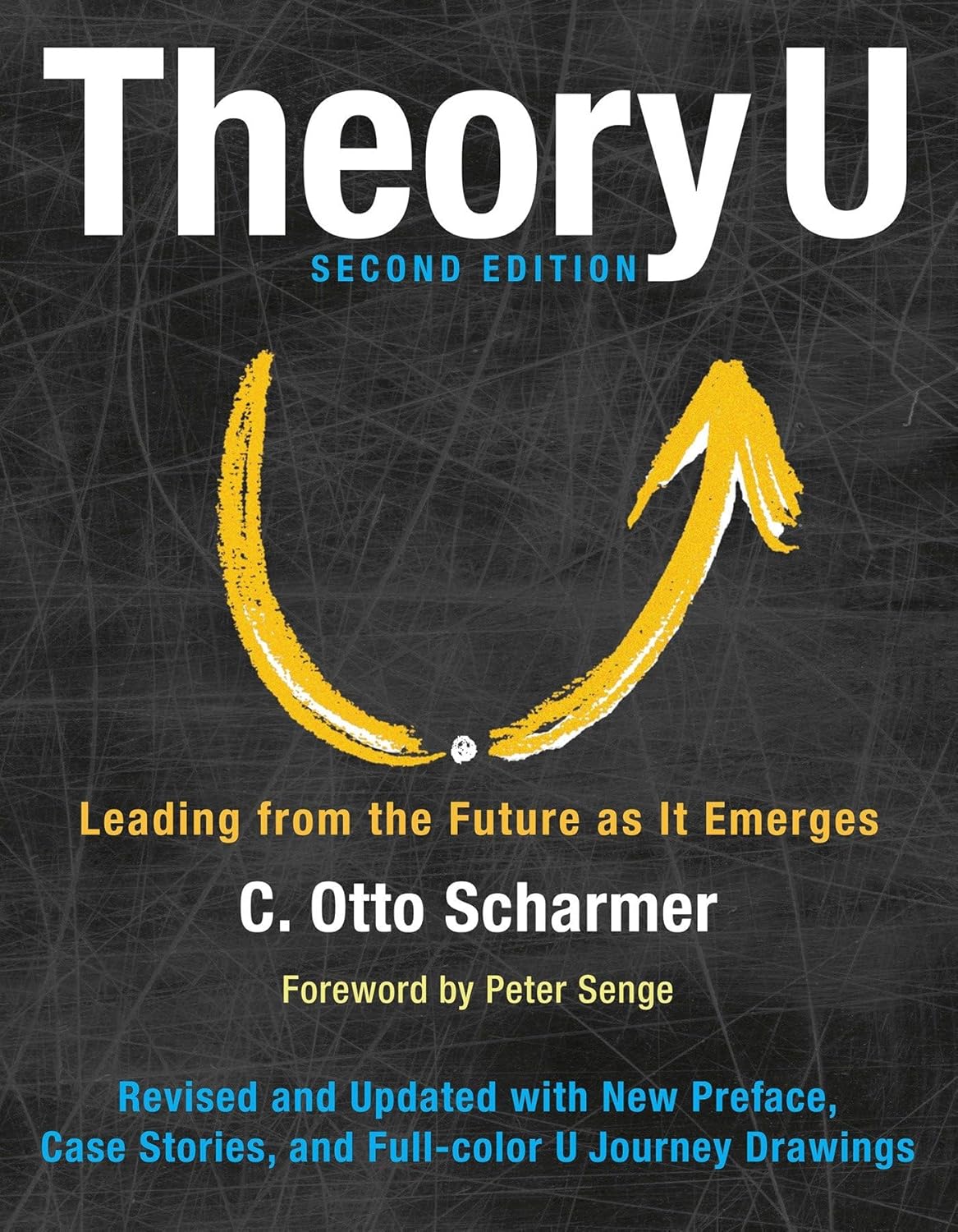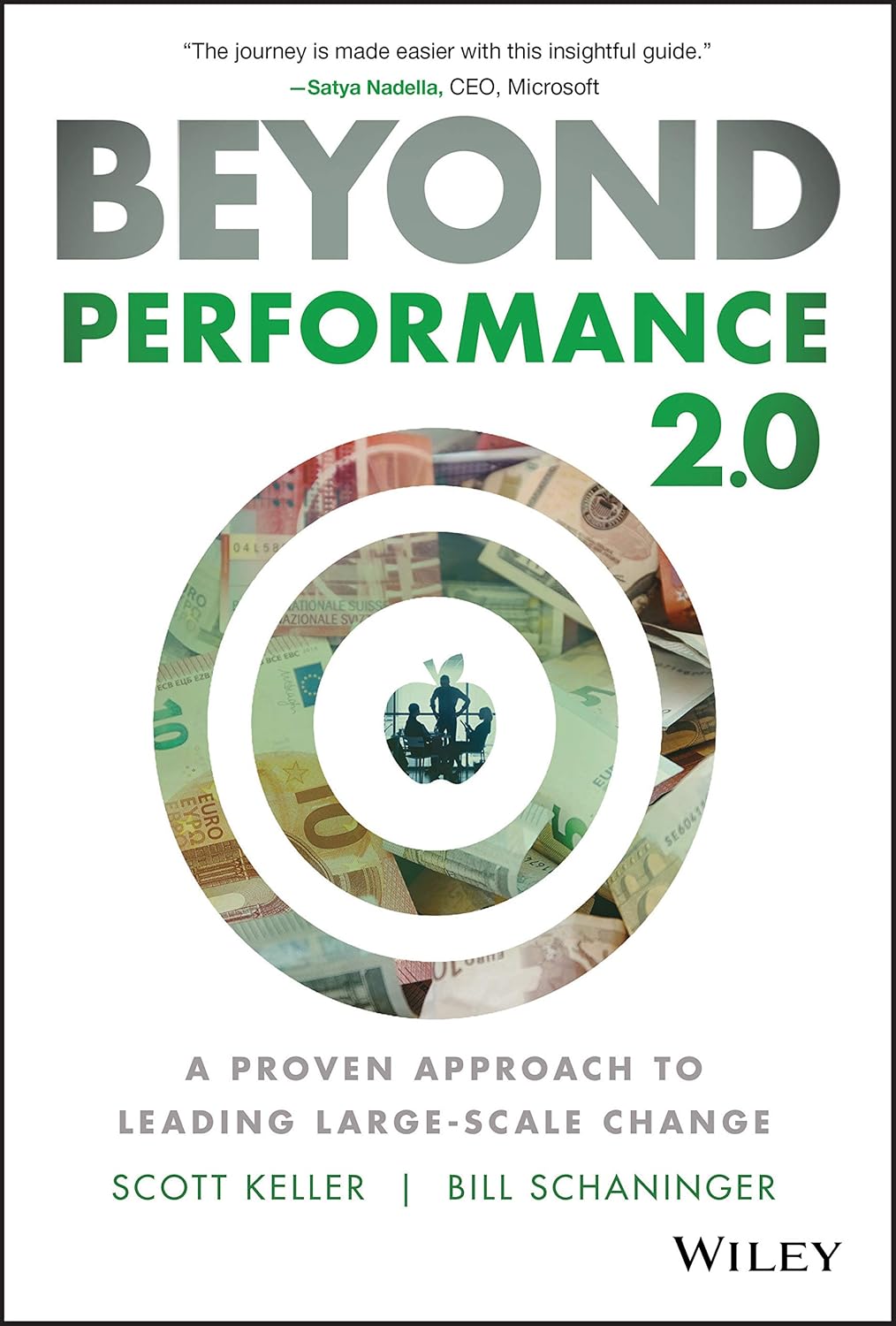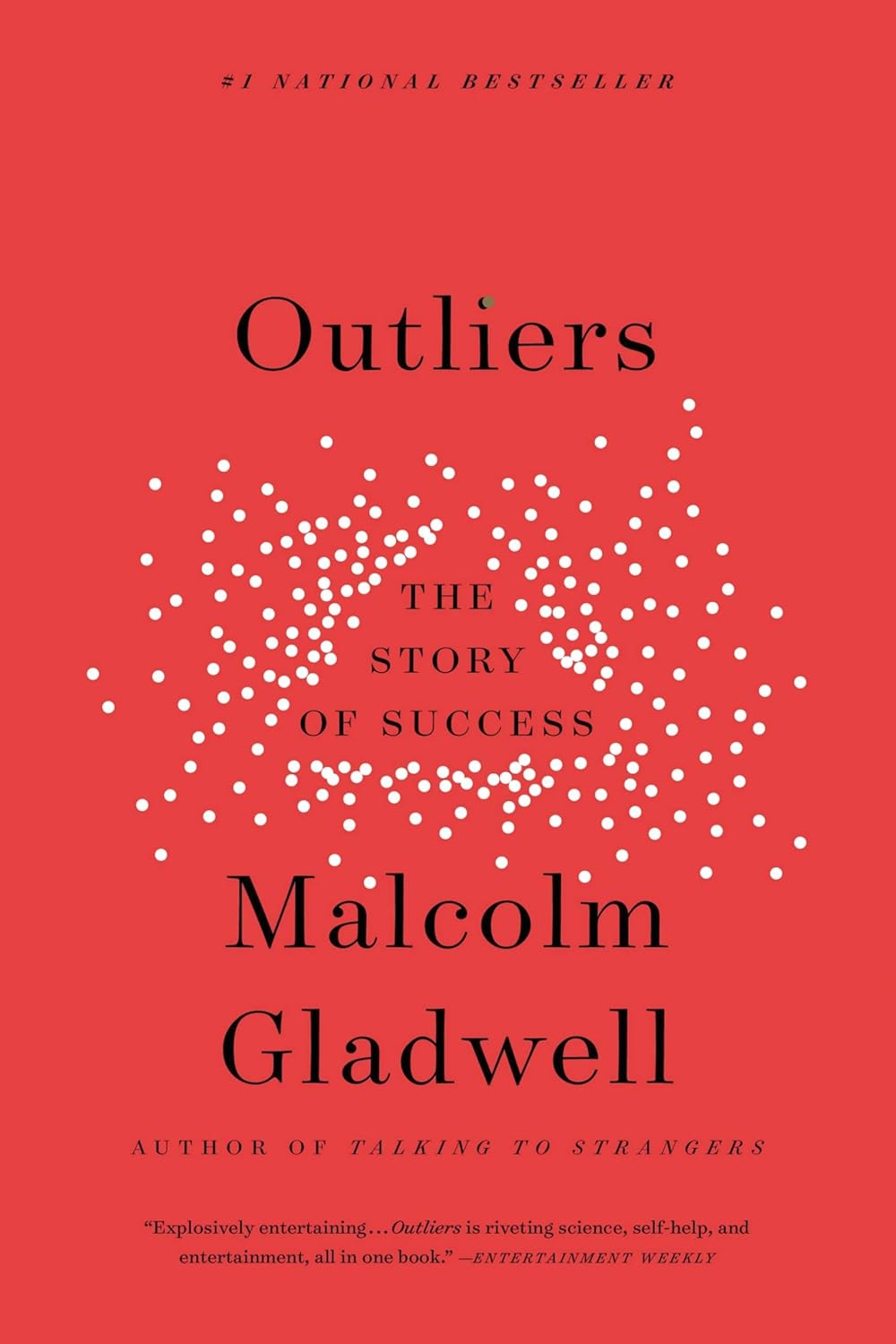Ecosystem, uh?
Channels, Alliances, Partnerships... Why choose the word "Ecosystem"?
"Channel" is heavily associated with reselling or distribution.
"Alliances" is associated with Strategic Partnerships.
"Partnerships" is reflective of the new platform ecosystem business model, but...
"Ecosystem" includes all three. It also includes the customers, the internal talent, the shareholders... In some of our assignments, we exclusively work with a business unit, or a specific team.
Thinking in terms of "ecosystem" enables holistic, creative thinking, and unleashes impact locked in relationships we have forgotten because of the limiting terms through which we have structured and perceived our environment.
Using a less common term also gives us the opportunity to find a definition together, instead of assuming we know what we are talking about.
"Ecosystem" derives from the Greek oikos, meaning "home," and systema, or "system."
Originally used in biology to qualify a system composed of all the organisms found in a particular physical environment, interacting with it and with each other.
We refer to "Ecosystems" as complex networks. Each player is a node (partner) in the network, and the relationships (partnerships) between the players are the links in the network.
The "home" or "environment" is just a matter of choice. Do you want to focus the ecosystem around the organization you're leading? Around your ideal customer? Around a Job-to-be-Done? A technology? Choose intentionally but also know you can move your focus, and it is beneficial.

High Trust Ecosystems
Trust is where we start.
And it remains front and center.
Trust is no new ingredient to high performance organizations and teams. The topic received renewed attention lately, especially with Google making Project Aristotle public and the topic of DEI. "Psychological safety" can be a triggering word in our polarized world, but it must not block us from engaging in Trust Building.
Ultimately, "Trust comes from helping others reach their promised land." (Fuller, Nearbound) but to get a shot at helping others, you want to start somewhere. See the 4 Cores of Credibility.



Most interventions focus on building capabilities and delivering results: the Competence part.
We usually start there for quick wins, because that is how most customers want to start.
But we don't stop there, and we don't focus on Competence.
Character-focused interventions - where we develop integrity & intent - offer the most leverage and deliver the most impact.
Character work takes place at the level of the individual, the teams, the organizations, and the entire ecosystem. Each entity clarifies their own values, intentions, strengths, and needs in order to successfully connect to the network: most effectively and most efficiently.
High Performance Ecosystems
As we establish Trust, each partner can join the conversation - and the network - authentically, sharing their values, intentions, strengths, and needs, transparently. This opening gives us what success looks like for each node in the network and therefore for the entire network. We design win-win-win deals that balance the interests of the partners. These deals set the Performance Levels we then target.
How do you drive High Performance?
We talked about Project Aristotle, we could talk about Project Oxygen, and countless other data-driven studies attempting to identify ways to drive High Performance.
At PeakPerform, we have dedicated years of research and dozens of prototypes to find the high-ROI path to unleash human potential, to unlock new levels of Impact. Peak Performance has been our Holy Grail, and we have discovered Ecosystems in that quest. So you can count on us to be Result-driven, Outcome-driven.
Here are three insights underlying our work:





It is true of talent within your organization, and it is true of partners within your ecosystem. 20% of them drive 80% of the outcomes. As the world becomes more interconnected, and power concentrates, Pareto will feel conservative, and we will get closer to 1% driving 99%.
Why are we still using Bell Curves? Or, more honnestly, why are we using the Power Law quietly?
Because it is more comfortable for the majority. It is indeed hard to accept for the 99 that they're not the one. It means changing the Bell Curve for a Power Law will get push back.
Do we want to be uncomfortable or do we want to lose the talent and partner who drive most of the Performance?
The disconnect between our Gaussian bias and the Pareto reality is not a theoretical point, it is an error that drive churn of top performers & waste on low performers.
So we want to
1) Recognize that Power Laws are a fact,
2) Identify who is who within that distribution
3) Study the best to improve the rest, and
4) Provide fair compensation.

To put in the work, people need to believe. And the possibility offered by 10,000 hours takes care of the main blocker getting in the way of people's greatness: their belief they can't do it (because they're too young, too old, too...). 10,000 hours is 1 of 4 ways (see above) we use to remember the fact that we can do anything, to activate a Growth Mindset.
There will be massive differences between the best and the rest, and that's hard to come to terms to. The great news is that you can be the best too, if you commit, and take massive action.
Whether one feels the responsibility of poor past decisions weighing on their shoulders, or the opening provided by the renewed sense of response-ability, is determined by state and beliefs. We help with both.

“Performance is what an enterprise does to deliver to its stakeholders in financial and operational terms. It is about improving what you do to buy raw materials, make them into products, and sell them into the market"
Organizations that put as much attention on Health as they do on Performance win. They improve their odds of successful transformation from a 30% base rate to an improved 79%.
Two books changed my professional life.
The first one was Theory U which helped me integrate the practice of Presencing from my personal life into my professional life without feeling out of place.
The second one was Beyond Performance 2.0 which validated maps of the world I thought were too radical for the typical organization. Keller & Schaninger (both from McKinsey) produced an Insightful & pragmatic piece, based on McKinsey’s rich data set, which will help a critical mass dedicate more of their energy to the Health Foundations of Performance.
The second references the first one. Both are at the heart of our Interventions.




Network Effects
16 Network Effects are behind 70% of the value created by tech companies since 1994.
Déjà vu from the homepage? Skip.
NfX's study shows that 16 network effects are responsible for 70% of the value created by tech companies since 1994, even though they are generated by a minority of companies. If you are a start-up, pick Jobs-to-be-Done & Products that will drive the most network effects. Established businesses can still be improved so don't despair. The best time to start is now, and you can use us for your Cold Start.
Over time, the value of the network exceeds the value of the product, making life way easier for the organization who initiated that process. Network effects are the phenomenon behind too many poor products we keep using: we don't ditch them because we don't want to lose the networks they seeded.
Looking at it from a competitive lens, network effects are great defensive tools, together with your IP, Brand, Scale, and Embedding. And because 96% of the value is created after year 10, and competitors will swarm as soon as you have proved product-market & profit-market fit, defensibility is essential.
At PeakPerform, we design ecosystems to maximize network effects and the value they bring to all stakeholders. It starts with simple questions:
- What does each stakeholder (node in the network) want to give and get?
- What do I want to give and get?
- How do I architect the early ecosystem so it becomes self-sustaining?
The day-to-day looks the same: acquiring customers & partners, making them successful... But the indicators you look at are different, your understanding of what you are building is different, and it changes the way you lead. For instance, instead of developing that new feature and spreading yourself thin, you might partner and double down on what you are great at. Instead of a competitor, you made a partner with whom to co-market, co-sell, co-serve, and co-innovate..



From Cold Starting to Scaling
Whether you're designing your ecosystem, cold starting, or scaling it, we are here to help at each step of the way. When we choose, we particularly enjoy the design & cold start challenges.
The "Cold start", aka the “chicken or egg” problem refers to the early stage challenges of getting the first users to join. If the network produces the majority of the value of your offering, how do you convince the first users to join? There is no value yet.
It is particularly difficult for 2-sided Marketplaces as you need a big enough pool of buyers and sellers in order for the service to deliver the value each seek. Buyers want to see sellers to come, and Sellers want to see Buyers... NfX (again) has mapped 19 specific tactics to help solve this problem. We highly recommend their content.
Looking to package your improvised ecosystem operations into structured partner programs? We help you scale your early efforts so you can accelerate growth efficiently.
We look forward to
working with you.


